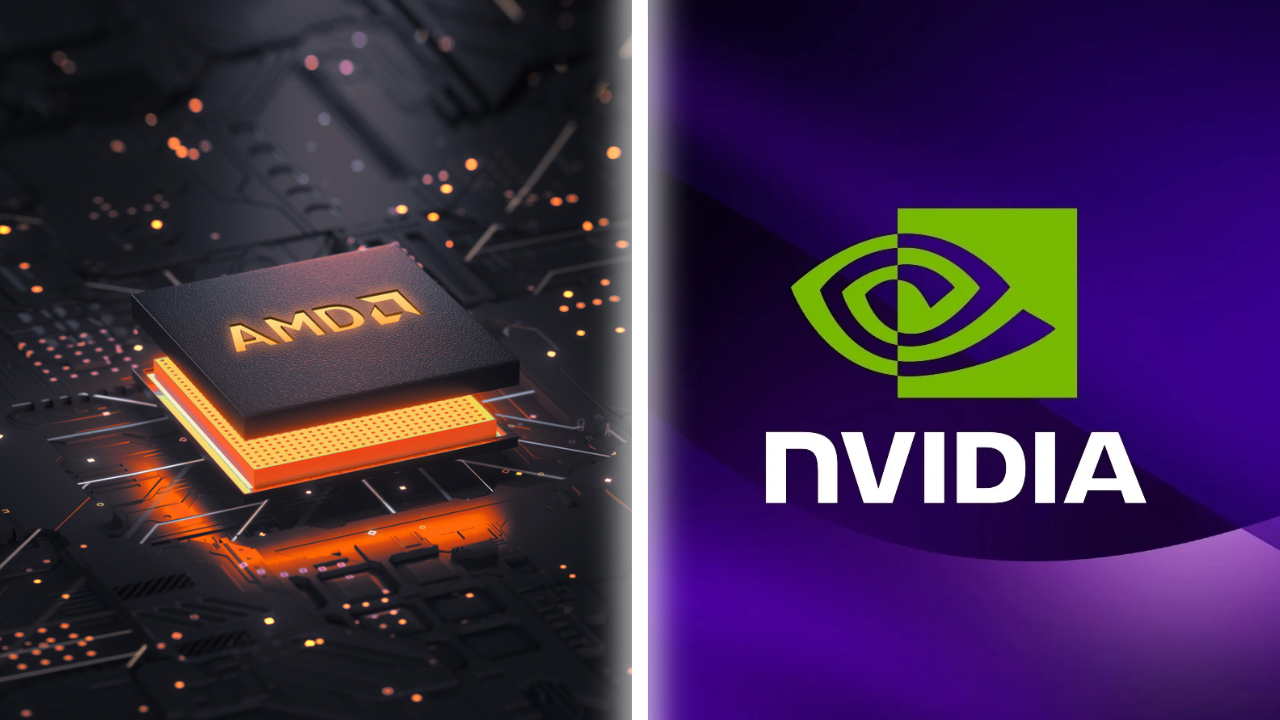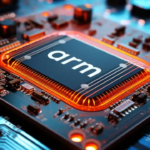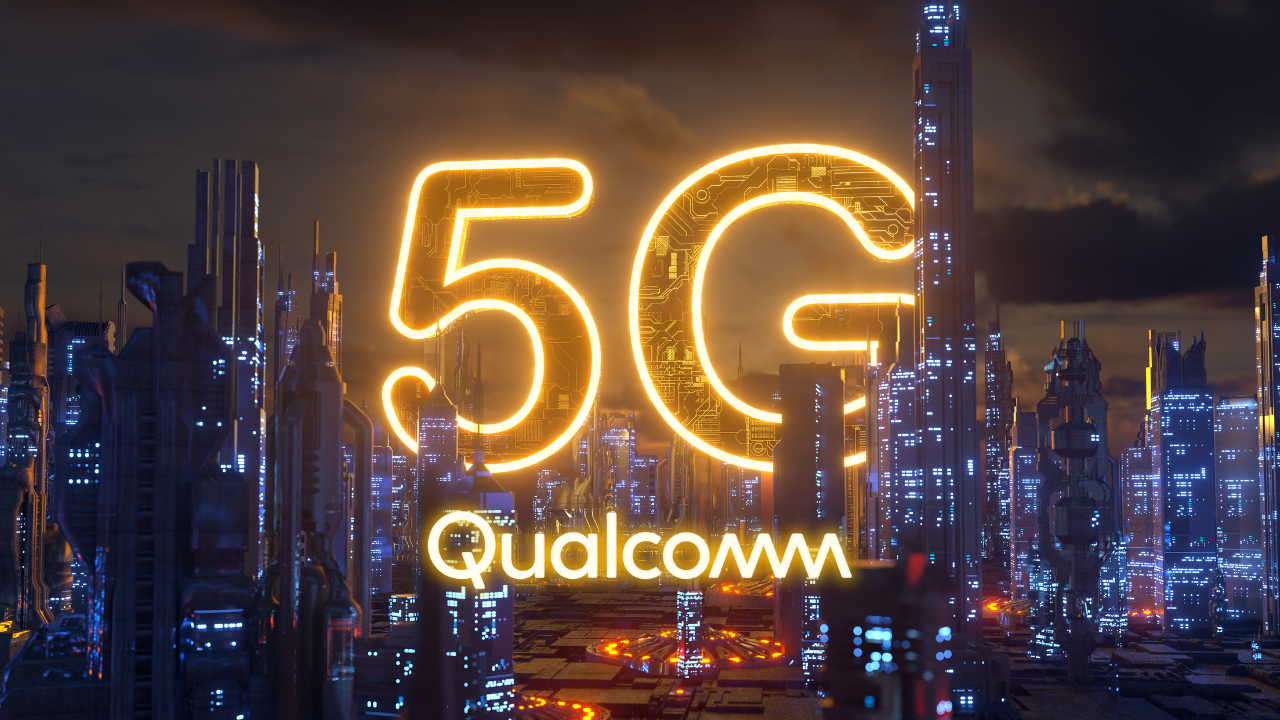
Slug: amd-vs-nvidia-battle-for-future-graphics-ai-gaming
Meta Description: Explore the ultimate battle between AMD vs. NVIDIA, comparing their innovations, performance in graphics, AI, gaming, and future tech dominance.
The technology landscape has long been dominated by two titans: AMD and NVIDIA. These companies shape the future of computer graphics, artificial intelligence (AI), and gaming, making their rivalry a defining feature of the industry. With their constant innovation and competition, the question of who will lead the next era of tech often boils down to AMD vs. NVIDIA. This article dives deep into their battle across key domains, including graphics card performance, AI advancements, and gaming dominance.
Historical Overview
The Origins of AMD and NVIDIA
AMD was founded in 1969, initially focusing on semiconductors and processors. In contrast, NVIDIA, established in 1993, revolutionized graphics technology with its groundbreaking GPU designs. These companies have built legacies on innovation, pushing each other to new heights.
Key Rivalry Moments
The rivalry gained momentum with AMD’s acquisition of ATI in 2006, setting the stage for intense competition in GPUs. NVIDIA’s introduction of the GeForce series and CUDA computing platform further cemented its leadership, while AMD responded with its Radeon series and groundbreaking price-performance ratios. AMD vs. NVIDIA remains one of the most closely watched contests in the tech world.
Technological Philosophy
AMD’s Approach to Innovation
AMD emphasizes affordability and accessibility, focusing on balancing power and price. Its architecture supports open-source software, offering more flexibility for developers.
NVIDIA’s Approach to Innovation
NVIDIA often takes a premium approach, delivering cutting-edge solutions like ray tracing and deep learning technologies. Its proprietary ecosystems, such as DLSS, provide unmatched performance but at a higher cost.
Graphics Card Performance: Head-to-Head
High-End GPUs
In the high-performance GPU market, AMD’s Radeon RX 7900 XTX competes directly with NVIDIA’s GeForce RTX 4090. While AMD delivers impressive raw performance, NVIDIA edges ahead with advanced features like DLSS 3.0 and superior ray tracing.
Mid-Range GPUs
For gamers on a budget, AMD’s Radeon RX 7600 offers competitive frame rates compared to NVIDIA’s GeForce RTX 4060. AMD vs. NVIDIA in this segment often boils down to personal preference, as both excel in different areas.
Entry-Level GPUs
AMD’s affordability shines with the RX 6500 XT, while NVIDIA’s GTX 1660 Super remains a favorite among casual gamers. The battle here highlights AMD vs. NVIDIA’s distinct approaches: price versus premium features.
Gaming Dominance
Frame Rates and Performance
NVIDIA dominates ultra-high resolutions like 4K, but AMD’s GPUs are increasingly competitive, especially in 1440p gaming. Frame rate consistency keeps gamers debating AMD vs. NVIDIA.
Ray Tracing and VR
NVIDIA pioneered ray tracing technology, offering unparalleled realism in gaming. AMD has made strides with FSR (FidelityFX Super Resolution), but NVIDIA retains a lead in VR gaming experiences.
Artificial Intelligence and Machine Learning
NVIDIA’s CUDA and AI Frameworks
NVIDIA’s CUDA architecture powers breakthroughs in AI and machine learning, making it a favorite among researchers.
AMD’s Contributions
While AMD lags slightly in AI software, its GPUs are gaining ground in AI acceleration, making AMD vs. NVIDIA a key topic in the AI community.
Software Ecosystems and Tools
NVIDIA’s Ecosystem
The GeForce Experience and G-Sync enhance user experiences, solidifying NVIDIA’s edge.
AMD’s Ecosystem
AMD’s FreeSync and FSR prioritize value without compromising performance. The debate of AMD vs. NVIDIA often centers around these software tools.
Power Consumption and Efficiency
Energy efficiency is increasingly critical. NVIDIA’s architecture often offers higher performance-per-watt, while AMD continues to improve in this area.
Market Share and Consumer Preferences
NVIDIA leads in market share, driven by its popularity among gamers and professionals. However, AMD’s aggressive pricing strategy attracts budget-conscious users.
Competitive Pricing Strategies
AMD’s GPUs are known for delivering exceptional value, often undercutting NVIDIA by significant margins. In the AMD vs. NVIDIA pricing war, AMD appeals to the masses, while NVIDIA targets premium buyers.
Innovations for the Future
Both companies are investing heavily in AI, gaming, and advanced graphics. The upcoming battle promises more intense competition.
Role in Emerging Technologies
From autonomous vehicles to the metaverse, AMD and NVIDIA are shaping the future. Their contributions underscore why AMD vs. NVIDIA is a vital discussion for tech enthusiasts.
Challenges and Criticism
AMD struggles with driver optimization, while NVIDIA faces criticism for high prices. Both grapple with supply chain issues.
User Perspectives
Gamers and creators praise NVIDIA’s advanced features, while budget users favor AMD for its affordability. AMD vs. NVIDIA is a personal choice for many users.
Conclusion
The AMD vs. NVIDIA battle is far from over, with both companies pushing the boundaries of innovation. While NVIDIA leads in high-end performance, AMD excels in affordability. The future of graphics, AI, and gaming remains exciting as this rivalry continues.










